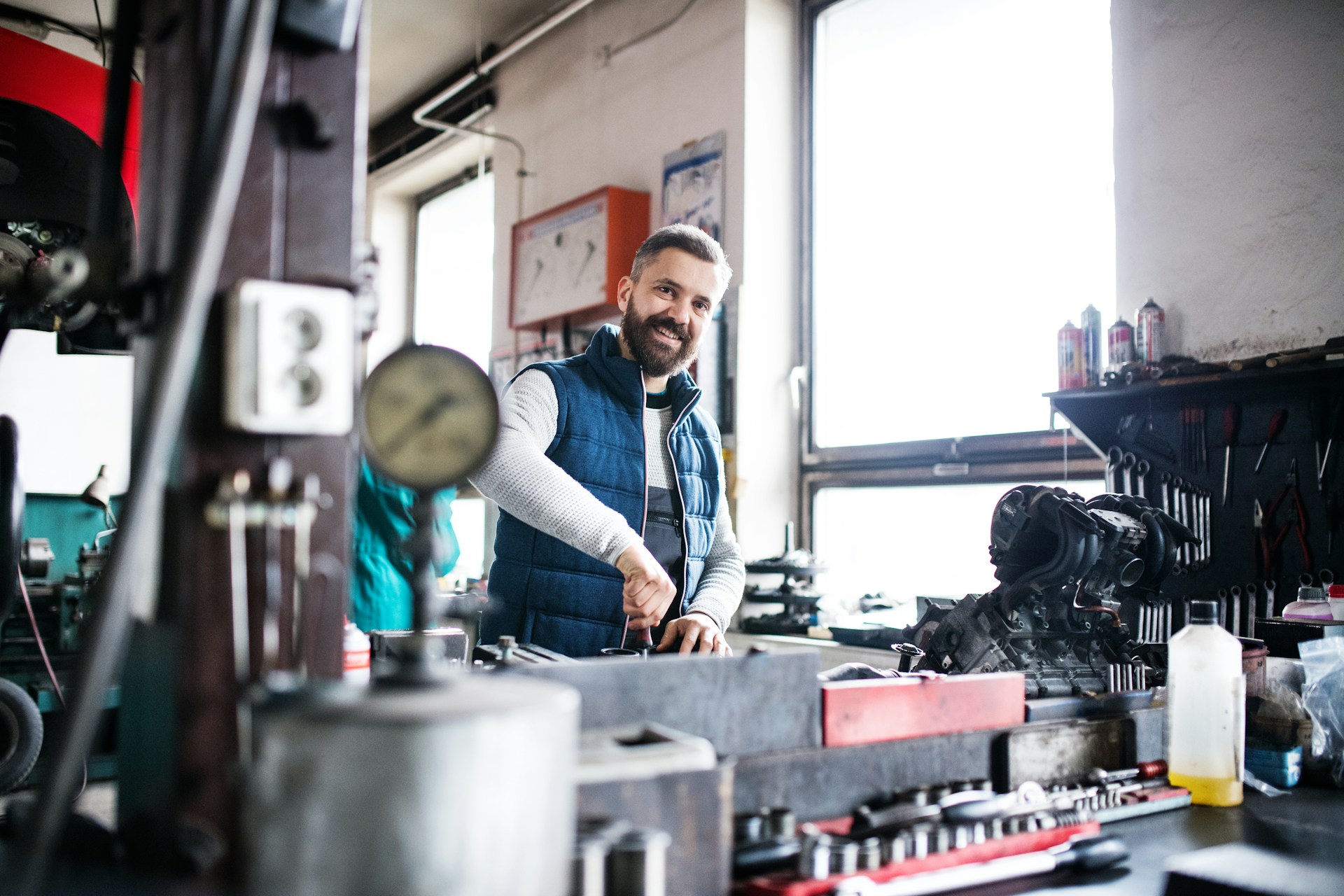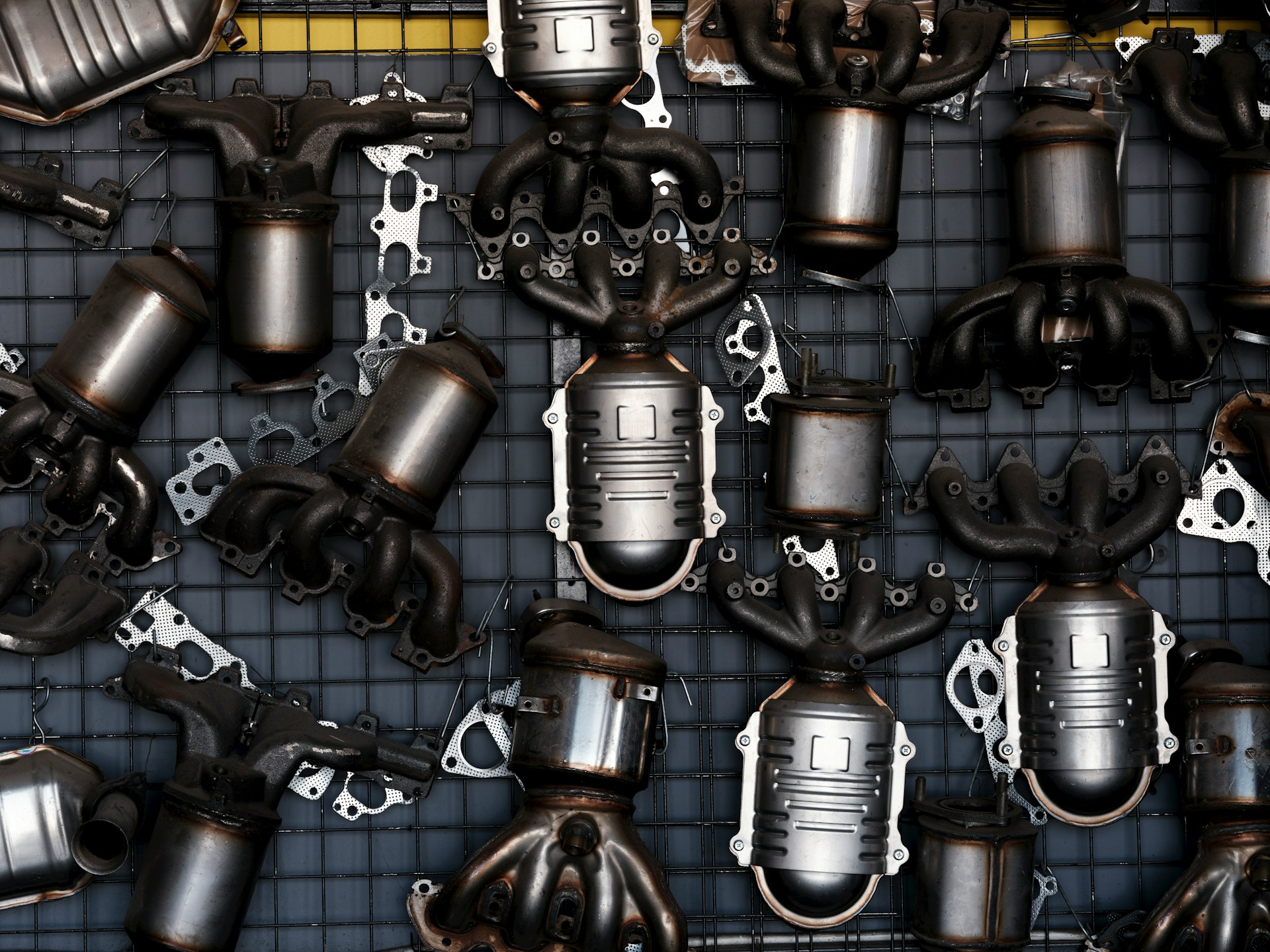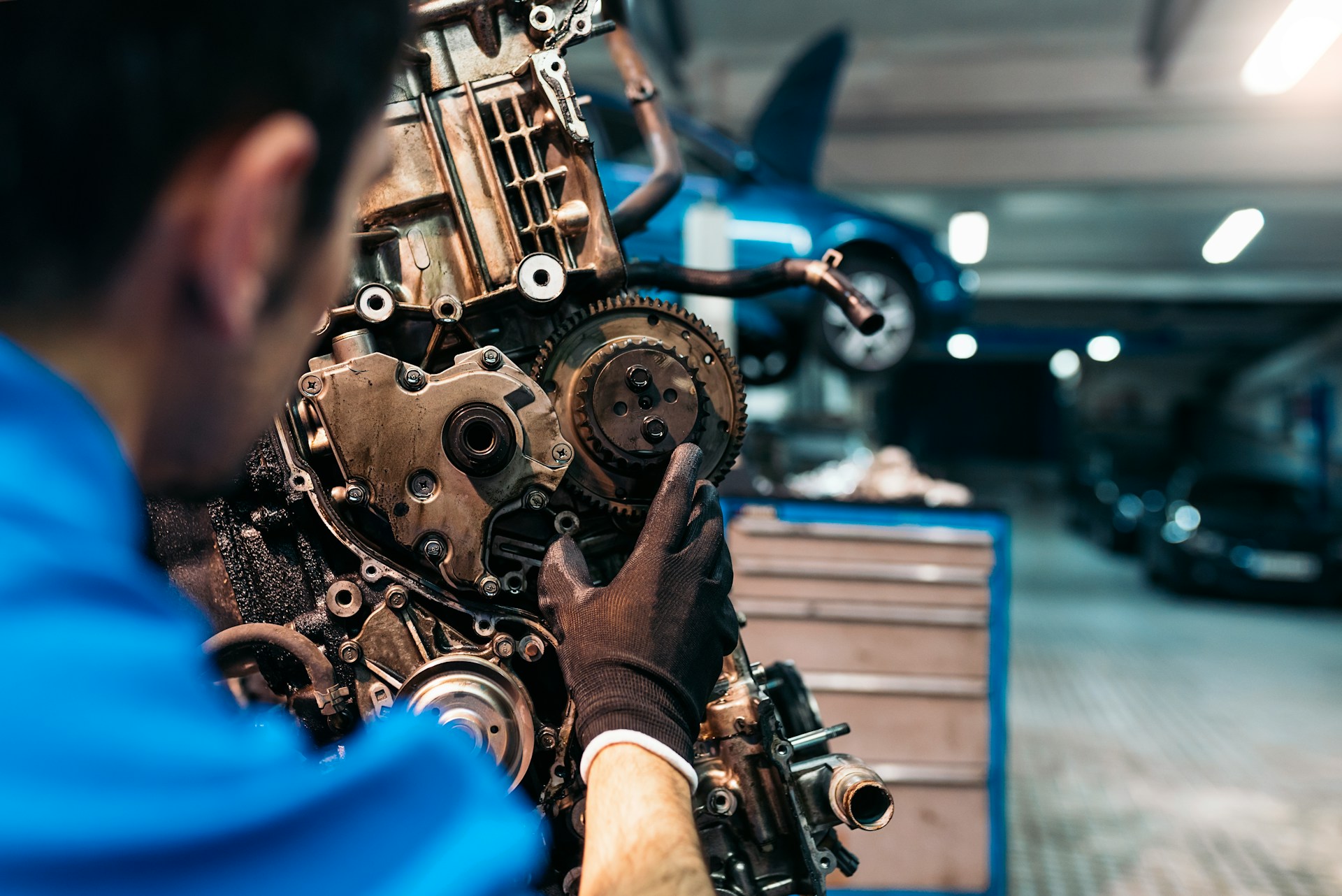
An engine swap can breathe new life into your late model vehicle, offering improved performance, fuel efficiency, and even increased resale value. However, tackling such a project requires careful planning, a solid understanding of the process, and the right components to ensure success.
In this guide, we’ll walk you through expert tips and guidance for a seamless engine swap.
Before diving into an engine swap, assessing your vehicle and determining its specific needs and requirements is crucial.
Ensure that the replacement engine you choose is compatible with your vehicle in terms of size, weight, and mounting points. Compatibility is essential to prevent additional modifications that may increase the complexity and cost of the project.
Identify your primary performance goals for the engine swap, such as increased power output, improved fuel economy, or a more engaging driving experience. These goals will help guide your decision-making throughout the process.
With a clear understanding of your vehicle’s needs, it’s time to select the ideal replacement engine.
Determine your budget for the engine swap and select a replacement engine that fits your financial constraints. Remember that quality components can ultimately save you money, as they are more likely to offer long-lasting, reliable performance.
Quality recycled engines offer a cost-effective and environmentally-friendly alternative to new engines. Airline Auto Parts provides a vast inventory of late-model, rigorously tested engines, ensuring reliable performance and value for money.
The correct tools and equipment are essential for a smooth engine swap.
A basic set of automotive hand tools, including sockets, wrenches, and screwdrivers, will be required for most engine swap projects.
Specific engine swaps may require specialized tools like engine hoists, stands, or torque wrenches. Identify any special tools needed for your project and acquire them before starting.
Before starting the engine swap, take some preparatory steps to make the process more efficient.
Ensure your workspace is clean, organized, and well-lit to improve efficiency and reduce the risk of errors or accidents during the swap.
Make safety a priority by using personal protective equipment, such as gloves and eye protection, and following proper lifting and handling procedures when working with heavy components.
Careful removal of the old engine is critical to minimize damage to the vehicle and ensure a smooth installation of the new engine.
Disconnect all components connected to the engine, including electrical connectors, hoses, and cables. Be sure to label these connections to ease reassembly later.
Securely support the vehicle on jack stands or lift to provide ample workspace for removing the old engine.
Use caution and proper technique when removing the old engine, enlisting the help of a friend, or using an engine hoist as necessary.
With the old engine removed, it’s time to install the replacement engine.
Prepare the new engine for installation by reassembling any necessary components, such as the intake manifold, fuel rails, and exhaust manifold, using quality parts from Airline Auto Parts.
Secure the new engine in place using the appropriate mounting hardware. Check that all mounting points are aligned correctly and that the engine is level.
Reconnect all previously disconnected components, including electrical connections, hoses, and cables, using the labels assigned during removal.
Before starting the new engine for the first time, double-check all connections and fasteners to ensure everything is properly installed and secure.
A successful engine swap can enhance your late model vehicle’s performance, fuel efficiency, and overall driving experience. With proper planning, the right components, and expert guidance, you can confidently navigate the complexities of an engine swap.
Trust Airline Auto Parts for exceptional recycled engines, superior customer service, and the industry’s best warranty, ensuring unparalleled reliability and quality for your project.
Maximize your engine swap’s potential with quality used auto parts in Houston, Texas, from Airline Auto Parts. Contact our knowledgeable team today to find the perfect engine for your late-model vehicle and experience the unbeatable customer service and warranty that sets us apart in the industry. Shop now!

November 2, 2025 The Benefits of Regularly Updating Your ...

FAQs About Used Diesel Engines

October 26, 2025 What to Consider When Buying a Salvage E...

Best Practices for Repairing Diesel Tran...

October 19, 2025 In-Depth Look at Common Diesel Engine Is...

Tips for Long-Term Storage of Auto Parts
October 12, 2025 How to Ensure Your Car Parts Are Genuine

Winter Preparedness: Getting Your Diesel...

October 5, 2025 Signs Your Diesel Engine Needs Immediate...

Why Recycled Auto Parts Are Worth the In...
Leave a Reply